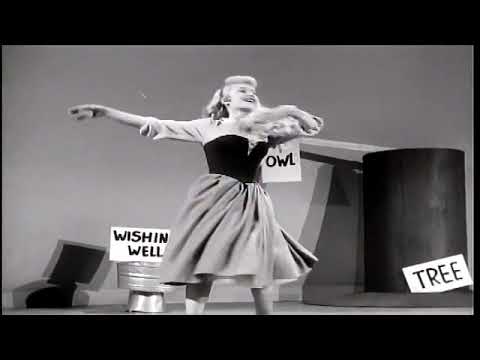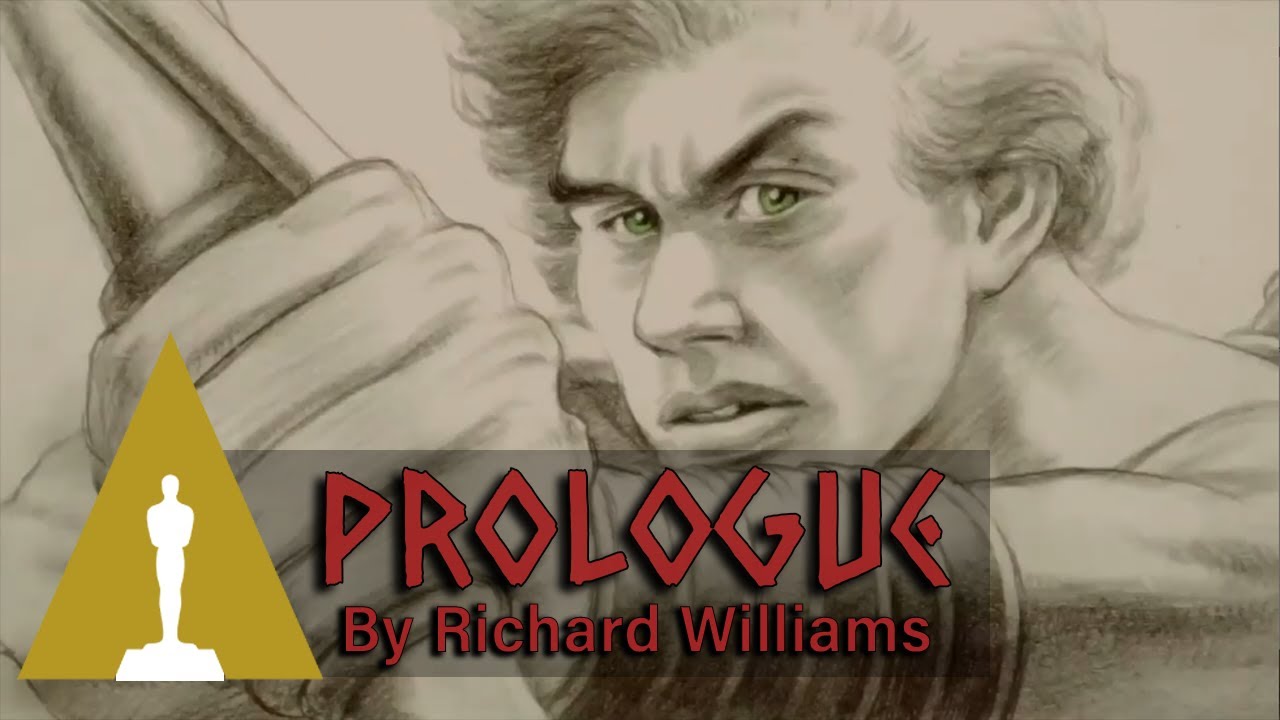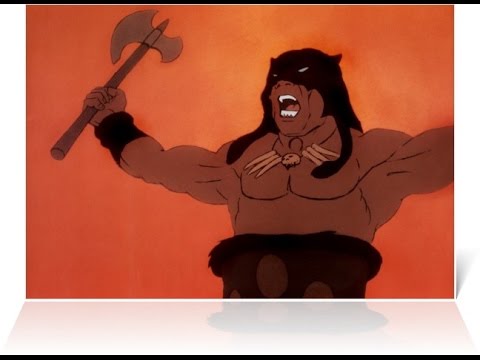The overwhelming majority of Disney’s early features were rotoscoped.
Rotoscoping is something very, very different. That is not what is on display in this footage at all. They use live references, and the frames were drawn by hand based on the live references - but NOT traced.
That is rotoscoping: tracing the movements of footage.
The problem with rotoscoping is that it is very difficult to remove the “floating” feeling from the resulting animation, which is why animators always avoided it, if they could.
For a good example of this effect, watch one or two scenes from the animated version of The Lord of the Rings.
I don’t know man, but I think I’d rather stick bamboo shoots up my finger nails than go through that particular hell.
Based on?
It is true that Disney reused animation work in later films, because the original animations were so good.
I suppose this is rotoscoped as well?
(hint: Richard Williams hand-animated this without rotoscoping.)
When you assert that the early Disney animators merely rotoscoped much of their work, then:
- you haven’t spent a single minute on researching and understanding the achievements of the nine old men, or the actual techniques used, and;
- you diminish their observation, drawing, and animation abilities. And how they invented new techniques for animation.
Simple as that.
It is important to distinguish between rotoscoping as a technique to study and understand motion, and rotoscoping where the exact lines are traced and copied without the need for understanding, and rather as a requirement to save time and money (and drawing/animation skill).
The Disney animators made use of the first method, not of the second. Because it did not work well, and resulted in less than impressive results (you can read up this in Richard Williams’ book).
What they did in some instances was this:
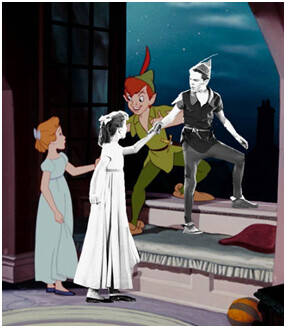
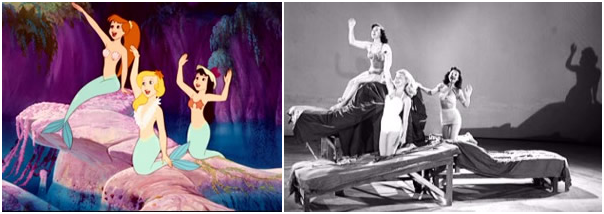
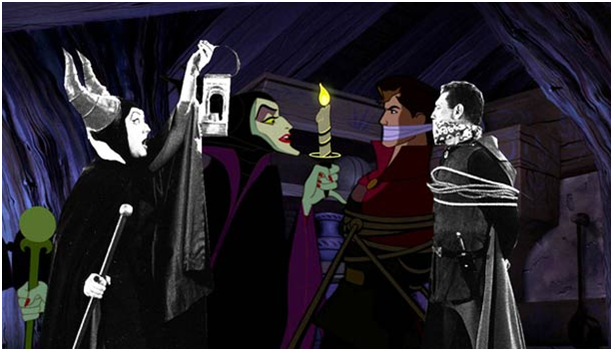

Where each frame was studied and used for reference. They did not copy the exact lines. While this also falls under “rotoscoping” (or at least, it can be argued that it does), compare with this:
Here the animators used the filmed reference to more or less accurately trace over the lines of the original footage.
The difference of the “feel” of the animation is like night and day. Fully traced rotoscoped animation will always feel somewhat ‘wrong’ - like the uncanny valley effect in many CG animated realistic characters. When we watch it, we know something feels off, but it is hard to put our finger on the exact reason why.
The first method uses the original footage as reference - frame by frame. The second method doesn’t even require knowledge of animation principles, or motion in general. Or weight. Just trace the lines.
That is why I would state that the Disney animators (the nine old men) wouldn’t merely blatantly trace the lines of the original footage.
Besides, even though it seems initially like it would save time, it actually doesn’t in real practice. Much must be cleaned up, and the results are rather unsatisfactory if taken at face value.
Interesting discussion, missed it somehow…
It seems a lot of people here have no real (or wrong) idea how animation, or VFX related stuff, is produced at the large(r) studios.
Ideas of someone cranking out minutes of movie quality animation per week is really unrealistic.
There’s -so- much overhead to deal with during production, some of them already explained here in the thread. And the bigger the team, the lager the hurdles.
It’s basically pixel-f***g on -everything- to get it as close as possible, or beyond, the director’s and client views.
And changes happen ALL the time during production, so that means back to the drawing board.
I have some friends and acquaintances that worked at larger studios, and on well known movie titles, and these stories are not uncommon. One story involved the introduction of updates tools in the pipeline, which wrecked earlier work done, so it all had to be redone. And no, reversing the tools wasn’t an option.
There is a - vast - gap between a freelancer (or two) doing some renders or a animation for a client, and doing a movie project. Not just money wise, but also on a technical level, politics (yes… that too), collaboration between other studios etc. etc.
There is already a vast gap between making (TV) commercials work and movies. For the first money is often tight and schedules very short. Only two ways to deal with that to get quality or meet deadlines.
And getting back to the original question about minutes of animation per week…
That is one of the reasons the list of names is so long at the end of a movie. 
As I said, I wrote software for many years. I can guarantee I’ve been through worse.
